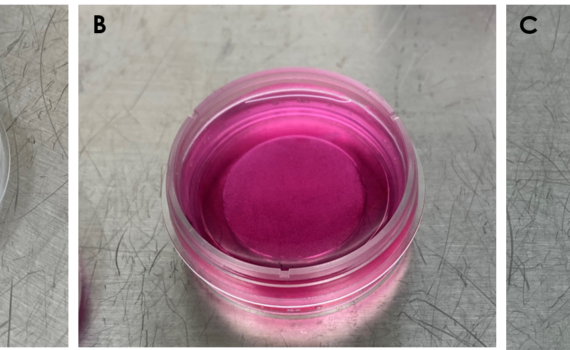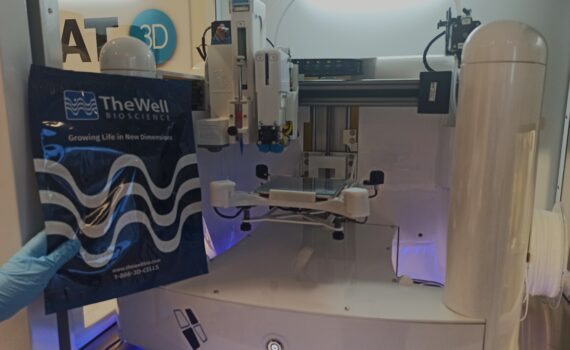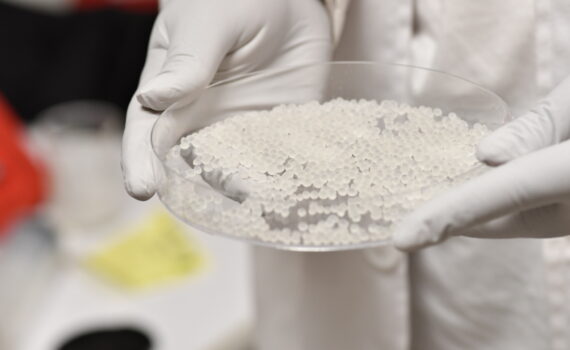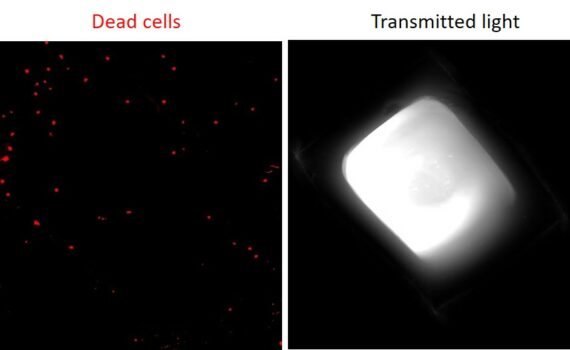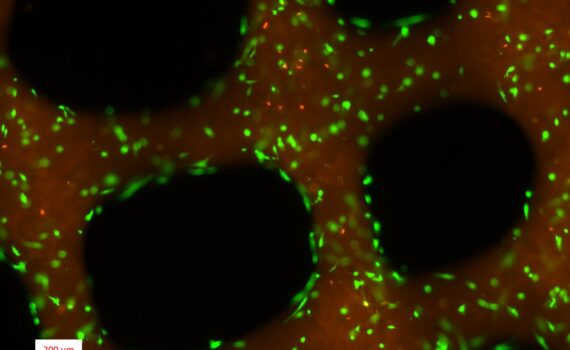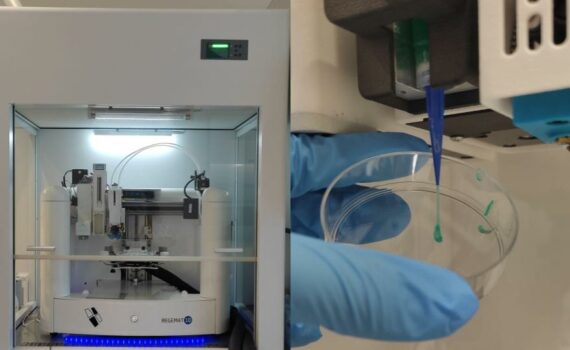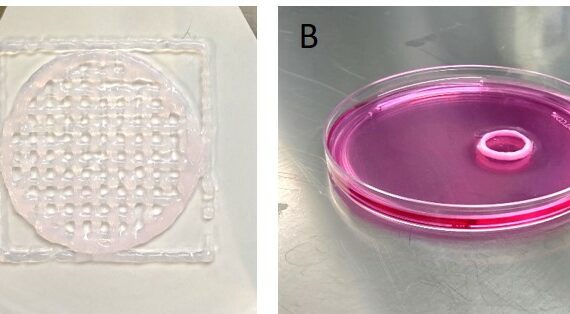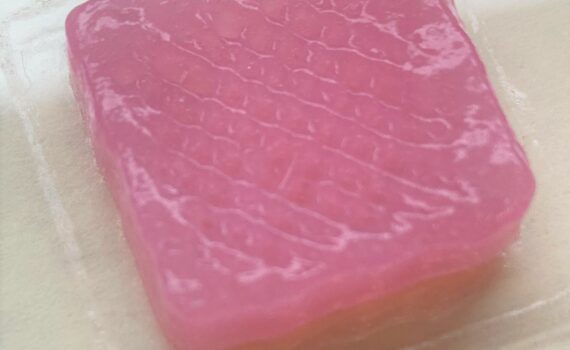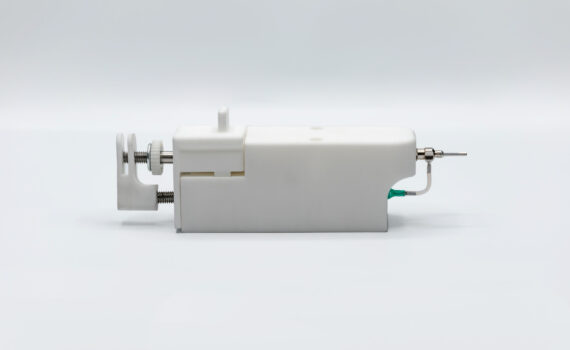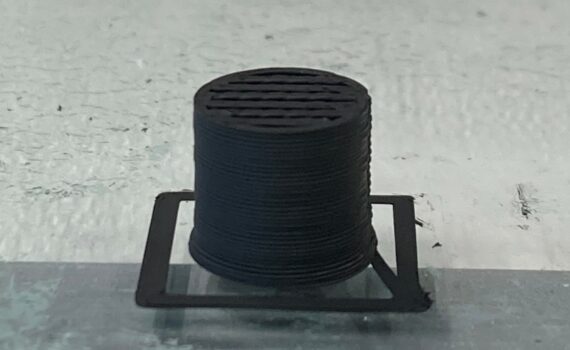00 Introduction Collagen type I is the most common fibrillary collagen found in skin, bone, tendons and other connective tissues, accounting for around 90% of the body’s total collagen. Collagen type I-based hydrogels are ideal for 3D printing and bioprinting applications due to their excellent biocompatibility, biodegradability and controllable printability. […]
Biomaterials
+10 INTRODUCTION Synthetic hydrogels are chemically defined animal component and pathogen-free hydrogels with tailored biological, mechanical and rheological properties for 3D bioprinting. Their synthetic origin avoid batch to batch variations, giving users the confidence to achieve reliable and consistent results with potential for clinical translation. Amongst the different options in […]
00 Introduction FlexdymTM is a block co-polymer belonging to the styrene-ethylene-butylene-styrene (SEBS) family of thermoplastic elastomers which is specifically tailored for the fabrication of microfluidic devices and flexible scaffolds for biomedical applications. The elastomeric nature enables its deformation even at high tensile strengths without fracture, making this material a suitable […]
+10 Introduction Thermoplastic polyurethanes (TPU) are a category of materials broadly used for biomedical purposes thanks to their biocompatibility, elasticity and strength. Among the different manufacturing techniques, 3D printing technology has attracted significant attention for the production personalized TPU-based medical devices over the last decade. The preference of this technique […]
00 INTRODUCTION Gelatin hydrogels have attracted significant attention in the field of regenerative medicine, and more specifically, in their use as wound dressings and artificial tissue replacements. Among the different photo-crosslinkable gelatin materials, gelatin methacryloyl (GelMA) hydrogels display a series of advantages, such as good biocompatibility (including biosafety and biological […]
00 INTRODUCTION Working in sterile conditions is key for culturing our scaffolds in aseptic conditions and avoiding contamination. In a 3D Bioprinting protocol we have many sources of contamination, the biomaterial, the cells itself or the 3D bioprinting protocol. The scaffolds with or without cells have the same requirements in […]
+30 INTRODUCTION Type I collagen is the most abundant type of collagen in the human body, as a major structural matrix protein in skin and many other tissues including bone, tendon and fibrous connective tissues. ColBioink is a sterile solution of highly purified collagen type I from porcine origin that […]
+20 INTRODUCTION Collagen is the most abundant structural protein in the extracellular matrix (ECM), accounting for 30% of the total body protein content in humans. Amongst the 28 types of collagen that have been already identified, collagen type I is the most abundant by far, playing its most prominent functional […]
+10 INTRODUCTION Alginate is a FDA-approved natural polysaccharide extracted from brown algae with multiple applications in the food, cosmetic, and pharmaceutical industries. Its outstanding features including high biocompatibility, ease of gelation, tailorable rheological properties and degradation kinetics make it ideal for 3D bioprinting applications. Alginate hydrogels can be ionically crosslinked […]
+20 Introduction Electrically conductive thermoplastic elastomers hold idyllic attributes for the 3D printing of flexible and electroconductive scaffolds with applications in electronics, electromagnetics and computer industries. Beyond these applications, they have a tremendous potential in the biomedical sector. Due to their enhanced biocompatibility, they can be used as biosensors and […]

